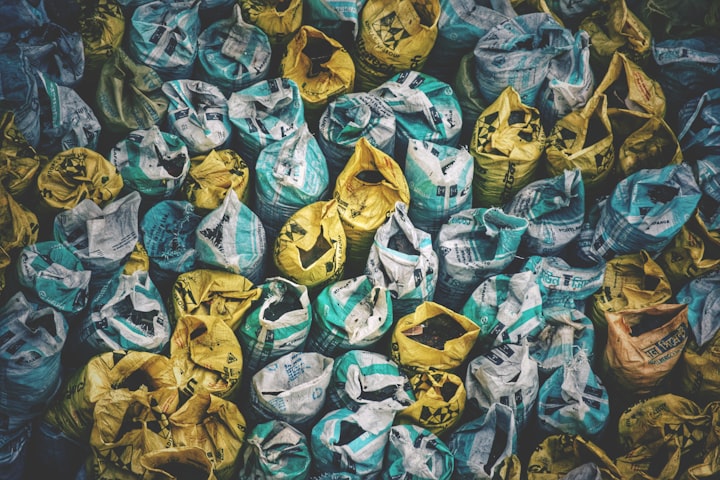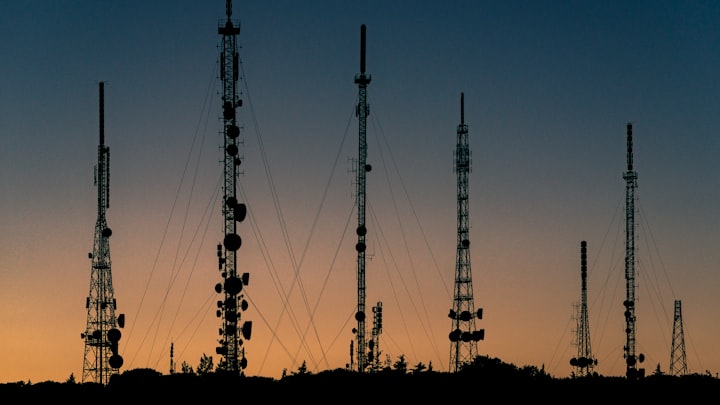Scope 3 Emissions vs. Product Lifecycle: Understanding the Distinctions
Scope 3 emissions encompass a product's entire value chain, while its lifecycle focuses on creation to disposal. Dive into their key differences and interconnected roles

In the realm of sustainability and corporate responsibility, terms like "Scope 3 emissions" and "product lifecycle" are frequently used. While both concepts are crucial for understanding a company's environmental impact, they serve different purposes and encompass different aspects of a business's operations. This article delves into the distinctions between these two terms, shedding light on their significance and implications for businesses aiming for sustainability.
Scope 3 Emissions: A Deep Dive
Scope 3 emissions refer to all indirect emissions that occur in a company's value chain, excluding direct emissions from owned or controlled sources (Scope 1) and indirect emissions from the generation of purchased energy (Scope 2). These emissions can be upstream (related to the extraction, production, and transportation of purchased goods and services) or downstream (related to the use and end-of-life treatment of sold products).

Product Lifecycle: An Overview
The product lifecycle encompasses all stages of a product's life, from its inception to its disposal. It provides a comprehensive view of the environmental impact of a product throughout its existence.
Stages of the Product Lifecycle:
- Design & Development: This phase involves conceptualizing the product, researching, prototyping, and finalizing the design.
- Raw Material Extraction: Sourcing raw materials necessary for the product.
- Manufacturing: The actual production of the product.
- Distribution & Transportation: Moving the product from the manufacturer to the retailer or end consumer.
- Usage: The period during which the consumer uses the product.
- End-of-Life: This includes disposal, recycling, or repurposing of the product.
Distinguishing Between the Two
- Scope of Assessment:
- Scope 3 Emissions focus specifically on greenhouse gas emissions related to a company's value chain.
- Product Lifecycle provides a broader view of a product's environmental impact, considering factors beyond just greenhouse gas emissions, such as water usage, waste generation, and more.
- Depth of Analysis:
- Scope 3 Emissions can be seen as a subset of the product lifecycle when considering the environmental impact of a product. It zeroes in on the carbon footprint at various stages of the value chain.
- Product Lifecycle offers a more comprehensive analysis, considering all environmental impacts at each stage of a product's life.
- Application:
- Scope 3 Emissions are often used by companies to report on their carbon footprint and devise strategies to reduce their indirect emissions.
- Product Lifecycle assessments are used to understand the full environmental impact of a product, guiding eco-design, marketing, and other business decisions.



